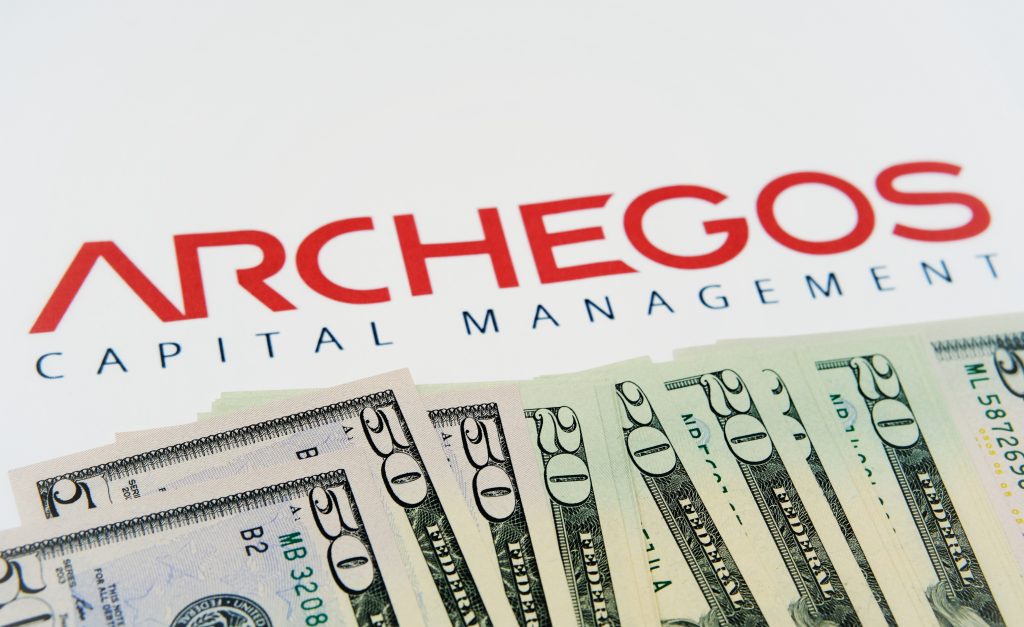The Q1 Recap: Archegos, Cannabis, Energy, and More SPACs
After a tumultuous trading year in 2020, the first quarter of 2021 saw valuations in the global financial markets continue to climb higher, with some market laggards transforming into market leaders.

With Q1 now in the books, it’s clear that market euphoria continues to be the watchword in 2021 as bullish optimism from 2020 has carried over into the new year and pushed valuations in the financial markets mostly higher.
On the wings of record-breaking stock and options volume, the S&P 500 increased by roughly 6% during Q1 2021. And considering that the average annual return in the S&P 500 since inception has been roughly 10.5%, a 6% return during the first three months of the year qualifies as a “hot start.”
Not surprisingly, volatility in the financial markets in Q1 2021 moderated significantly as compared to the chaos observed during early 2020. The CBOE Volatility Index (VIX) has steadily trended lower in 2021, punctuated by a recent drop below its long-term historical average.
The VIX started 2021 trading 26.97 and has since that time tailed down to 16.69—just below its long-term average of 19. That’s not to say there weren’t some touch-and-go moments during the first few months of the year, considering that the VIX spiked above 30 at the end of January.
And while the general direction in the markets has been up, some interesting trends emerged during Q1 that represent a shift from 2020. For example, some of the market laggards from 2020 have become the market leaders in 2021—particularly small-caps, energy and cannabis.
To wit, from Jan. 1 through March 31, the small-cap-focused Russell 2000 climbed over 11%, whereas the Dow Jones Industrial was up 8%, and the Nasdaq was flat.
And in a reversal from 2020, energy markets have experienced an extremely strong start to the year. Crude oil, for example, was up 23%, which helped push the energy sector near the top of the list in terms of Q1 performance.
Interestingly, another big winner from Q1 was the cannabis sector. During the first three months of the year, all six of the primary cannabis exchange-traded funds (ETFs) increased by at least 30%, with some climbing even further.
Cannabis names appeared to benefit from the passing of recreational legalization in the state of New York, as well as a changing of the guard in the White House—a political shift deemed favorable to the federal legalization effort.
Strength in energy and cannabis markets is clearly reflected in the list of top-performing ETFs during Q1, as shown below:
- Breakwave Dry Bulk Shipping ETF (BDRY) +115%
- Amplify Seymour Cannabis ETF (CNBS) +63%
- Amplify Transformational Data Sharing ETF (BLOK) +63%
- Global X Cannabis ETF (POTX) +55%
- ETFMG Alternative Harvest ETF (MJ) +53%
- Invesco Dynamic Energy Exploration & Production ETF (PXE) +44%
- First Trust Natural Gas ETF (FCG) +44%
- Invesco S&P SmallCap Energy ETF (PSCE) +42%
- Invesco S&P SmallCap 600 Revenue ETF (RWJ) +41%
- SPDR S&P Retail ETF (XRT) +41%
One somewhat perplexing trend that has emerged during the outset of 2021 relates to the traditional relationship between interest rates and gold.
With strength returning to the global economy, it’s been no surprise to see interest rates rising across the board. This has been clearly evidenced by rising U.S. Treasury yields, which are trading near their highest levels since the onset of the pandemic.
Strangely, however, one of the more popular hedges for rising interesting rates has actually declined in value during this time. Gold prices started 2021 trading around $1,950/ounce, and since that time has retreated to about $1,720/ounce. Silver has likewise dropped in value to start the year, to the tune of about 10%.
It’s possible that money traditionally funneled into precious metals has splintered, with some of it now finding its way into cryptocurrencies. Unlike gold, the value of Bitcoin has continued to climb in 2021, with the price of a single Bitcoin rising from $33,000 on Jan. 1 to $58,000 on March 31, or 75%.
Some other prominent Q1 winners and losers, from the single-stock universe are listed below.
|
Best Q1 Performers |
% |
Worst Q1 Performers |
% |
|
L Brands (LB) |
+66% |
Viatris (VTRS) |
-25% |
|
Marathon Oil (MRO) |
+60% |
Paycom Software (PAYC) |
-18% |
|
Applied Materials (AMAT) |
+55% |
Take Two (TTWO) |
-15% |
|
Occidental (OXY) |
+53% |
Verisk Analytics (VRSK) |
-15% |
|
Diamondback (FANG) |
+53% |
Copart Inc. (CPRT) |
-15% |
|
Nucor (NUE) |
+51% |
Advanced Micro (AMD) |
-14% |
|
American Airlines (AAL) |
+51% |
Brown-Forman (BF/B) |
-13% |
|
The Gap (GPS) |
+47% |
MarketAxess (MKTX) |
-14% |
|
EOG Resources (EOG) |
+46% |
Xilinx (XLNX) |
-13% |
|
Invesco (IVZ) |
+46% |
Qualcomm (QCOM) |
-12% |
It may seem conspicuous that no names associated with the recent Archegos hedge fund implosion are included in the “worst performers” list above. Amazingly, many of those names—even after suffering huge pullbacks in recent weeks—are still up on the year. For example, ViacomCBS (VIAC) recently fell from over $100/share to $42/share—a drop of 58%. But VIAC started 2021 trading for $36.60/share, meaning the stock is actually still up 15% year-to-date (YTD).
One final trend that investors and traders may want to keep an eye on is the continuing frenzy surrounding special-purpose acquisition companies (SPACs).
After a record-breaking year for SPACs during 2020, the SPAC craze has only intensified so far this year. Case in point, there were 237 total SPAC deals in 2020 that raised roughly $83 billion in new capital. Amazingly, the first quarter of 2021 saw 300 new SPAC offerings in which $90 billion in new capital was raised.
Moreover, SPAC performance has started to slow, as evidenced by the fact that SPAC offerings in March increased by only 0.1% (on average) during the first day of trading—significantly lower than the 5% average jump in SPACs during January and February.
The next issue of Luckbox will focus on SPACs. Get it free at getluckbox.com
To follow everything moving the markets, readers can tune into TASTYTRADE LIVE, weekdays from 7 a.m. to 4 p.m. CST, when scheduling allows.
Sage Anderson is a pseudonym. He’s an experienced trader of equity derivatives and has managed volatility-based portfolios as a former prop trading firm employee. He’s not an employee of Luckbox, tastytrade or any affiliated companies. Readers can direct questions about this blog or other trading-related subjects, to support@luckboxmagazine.com.




















